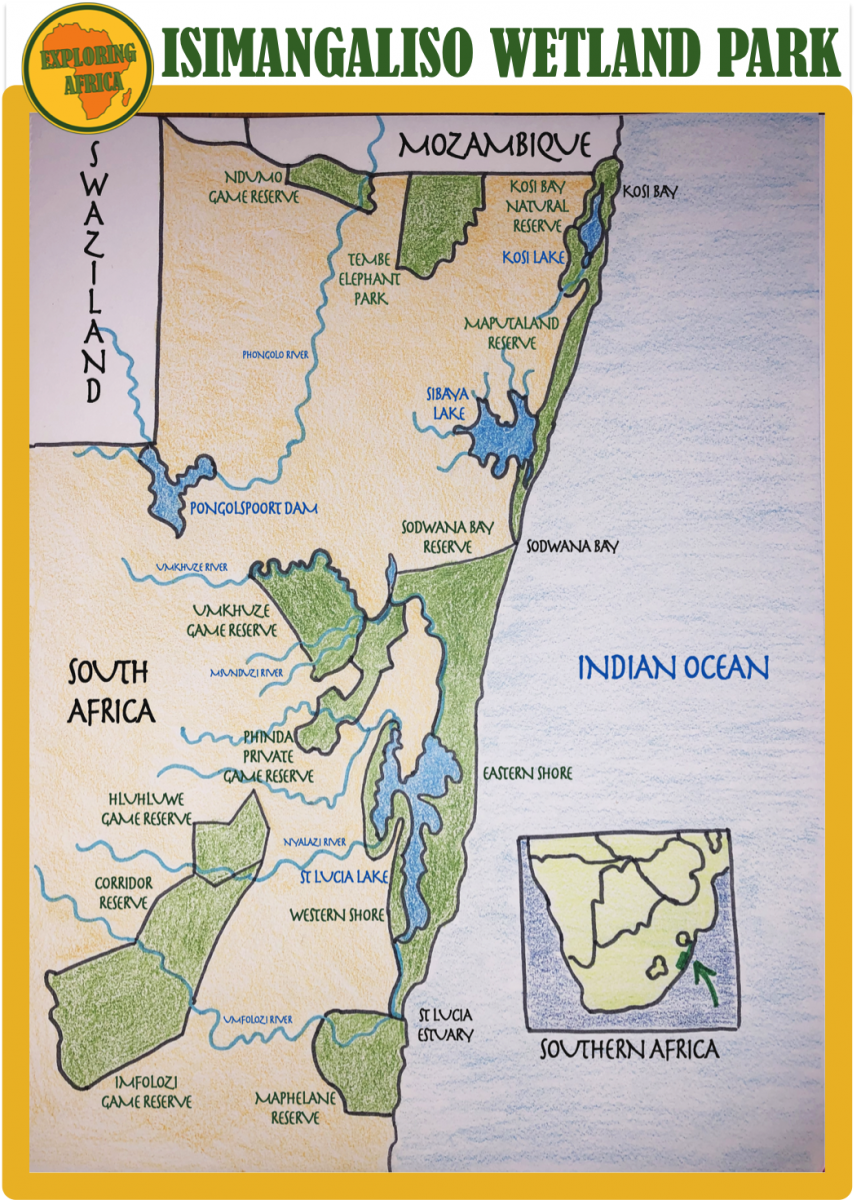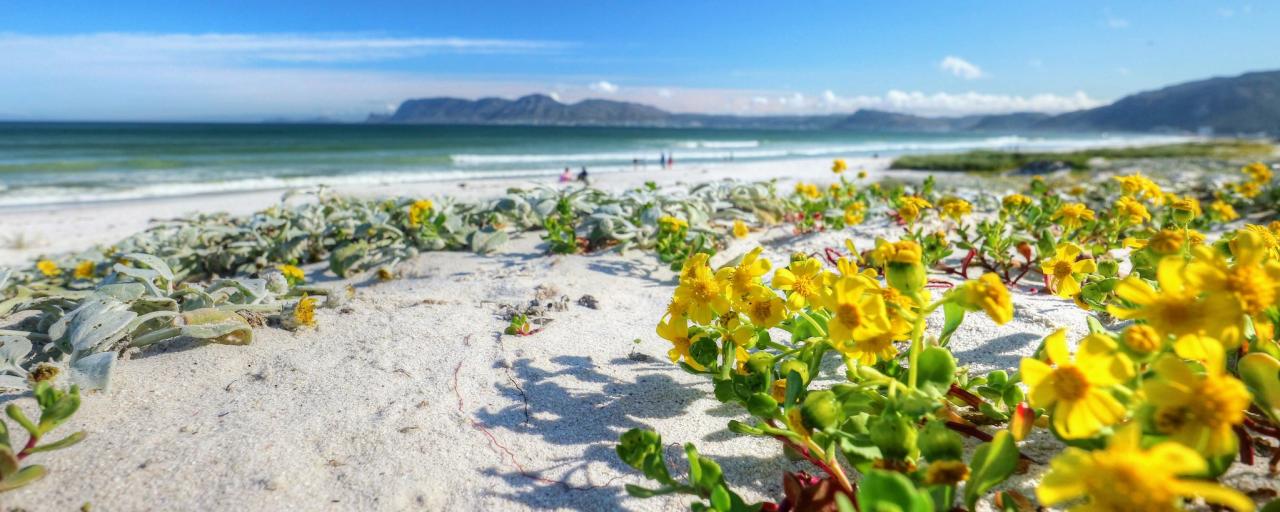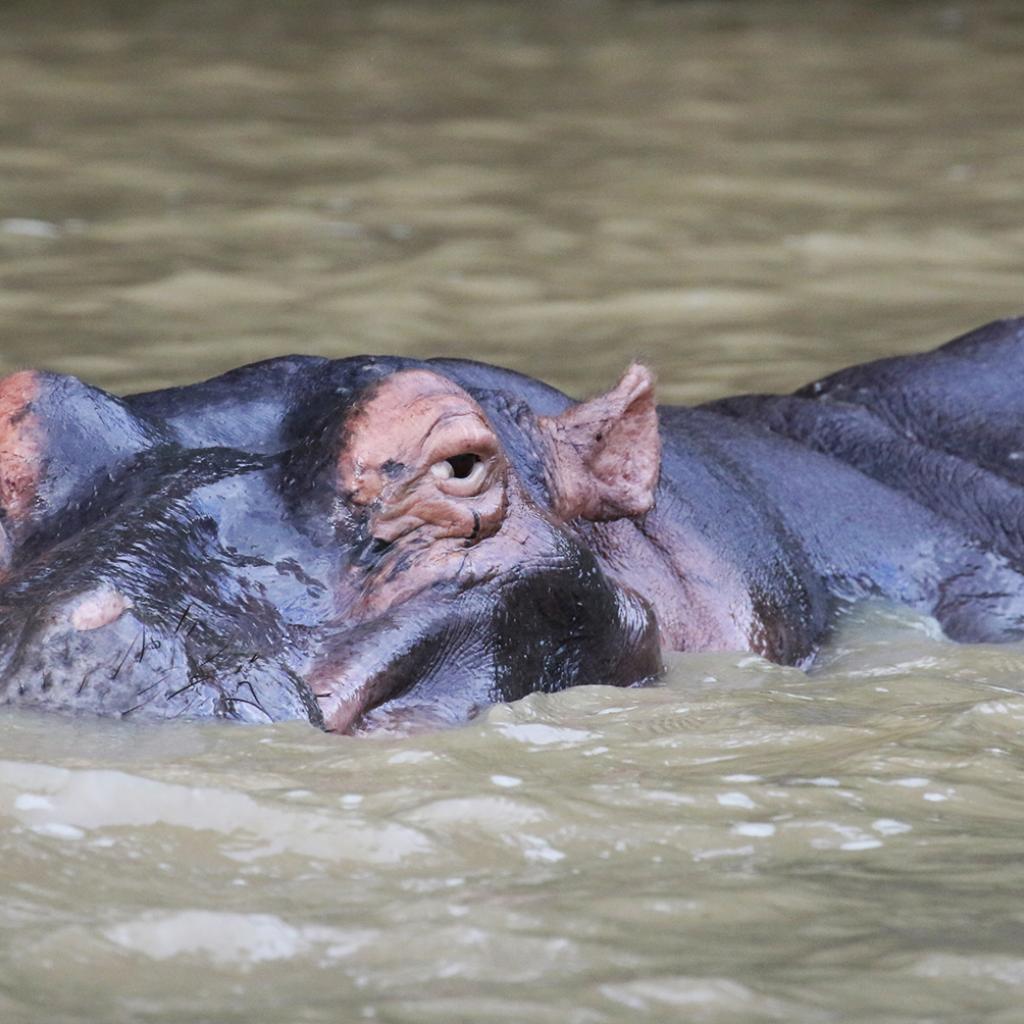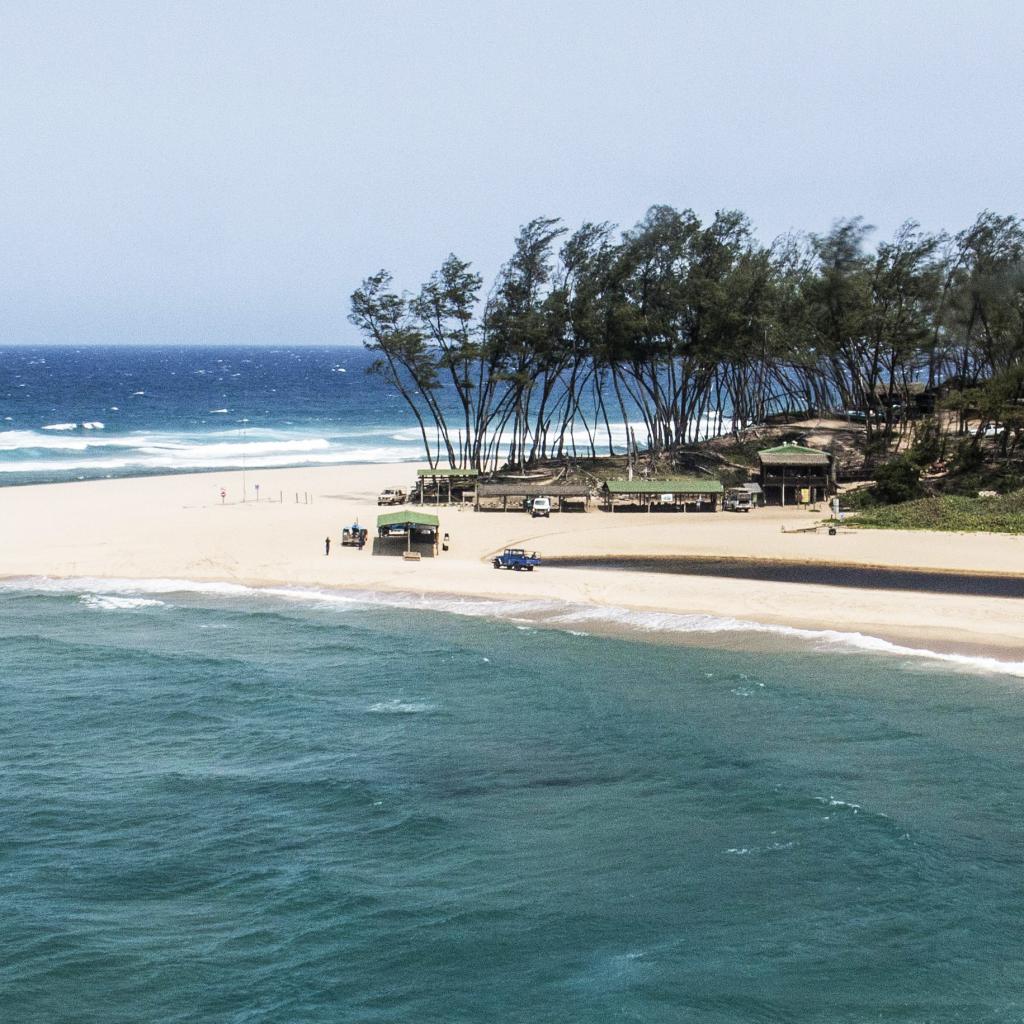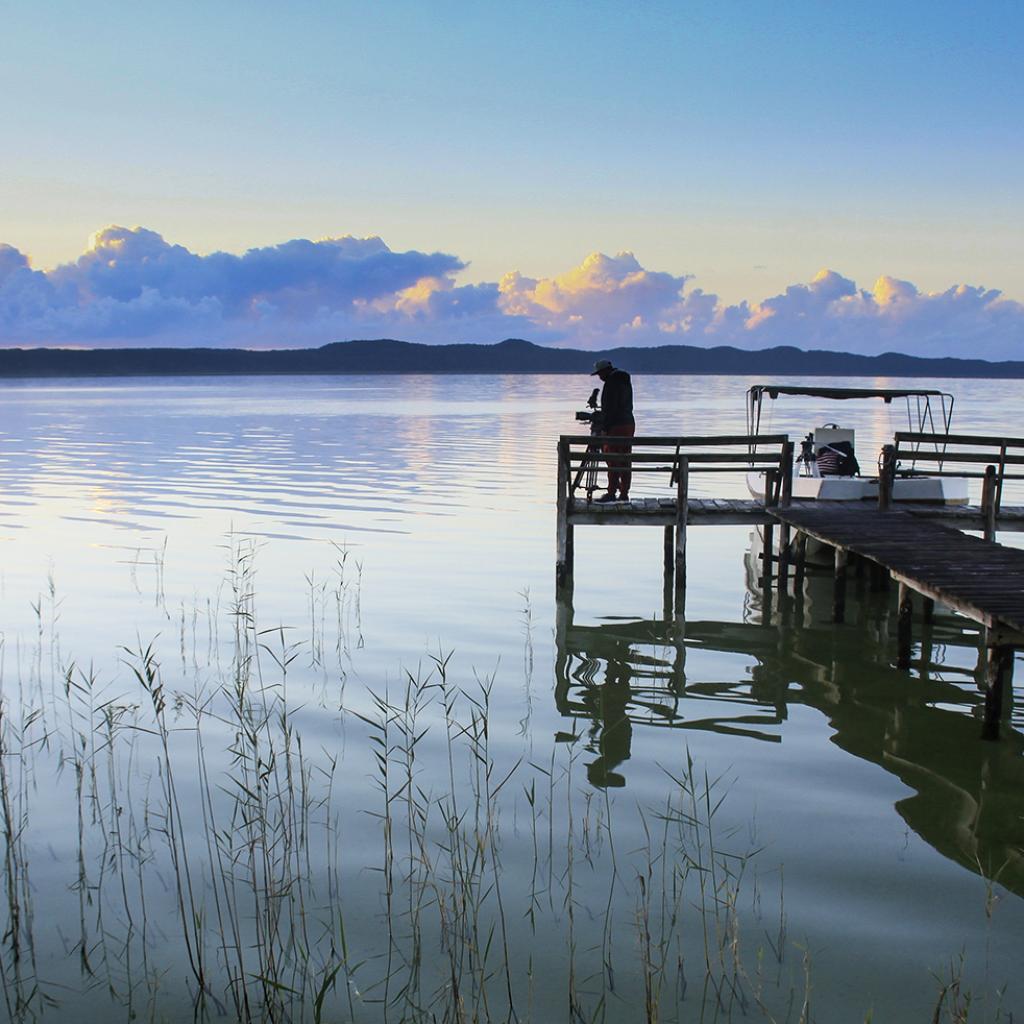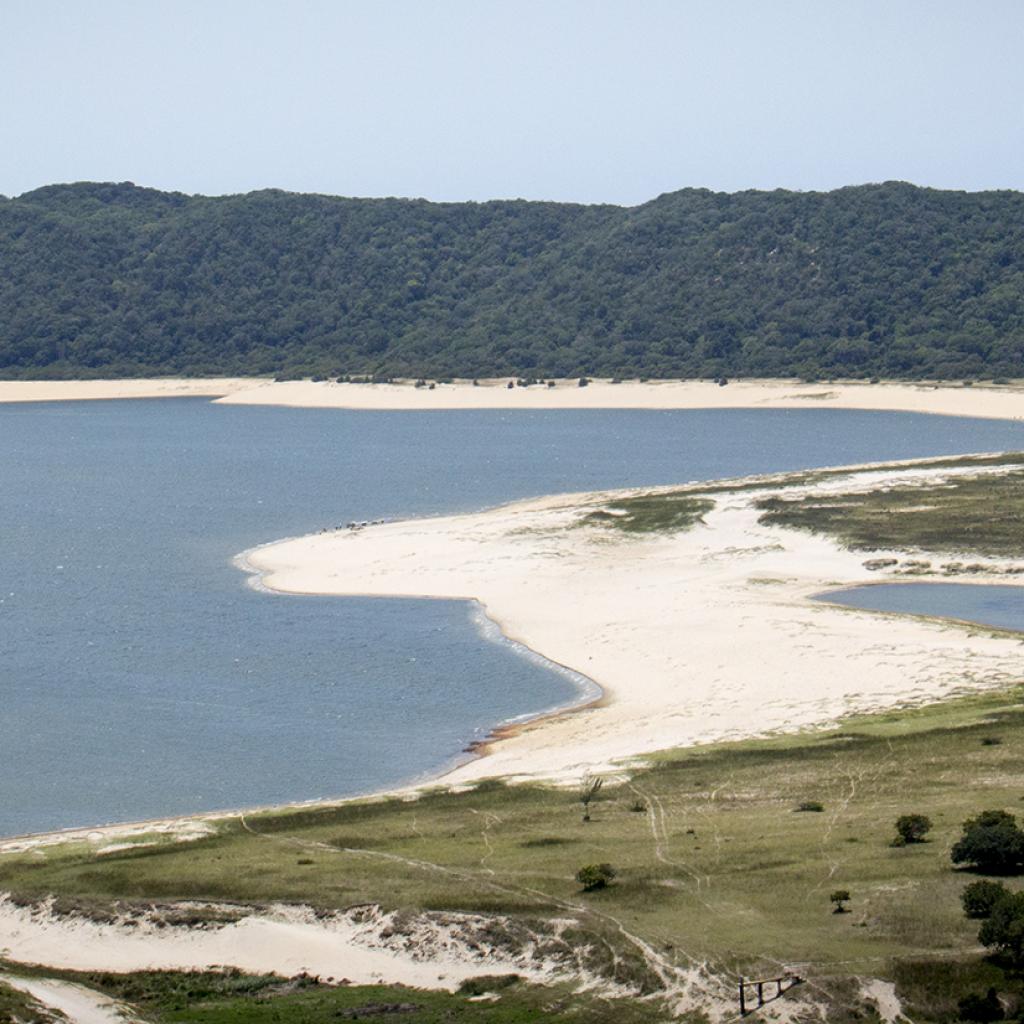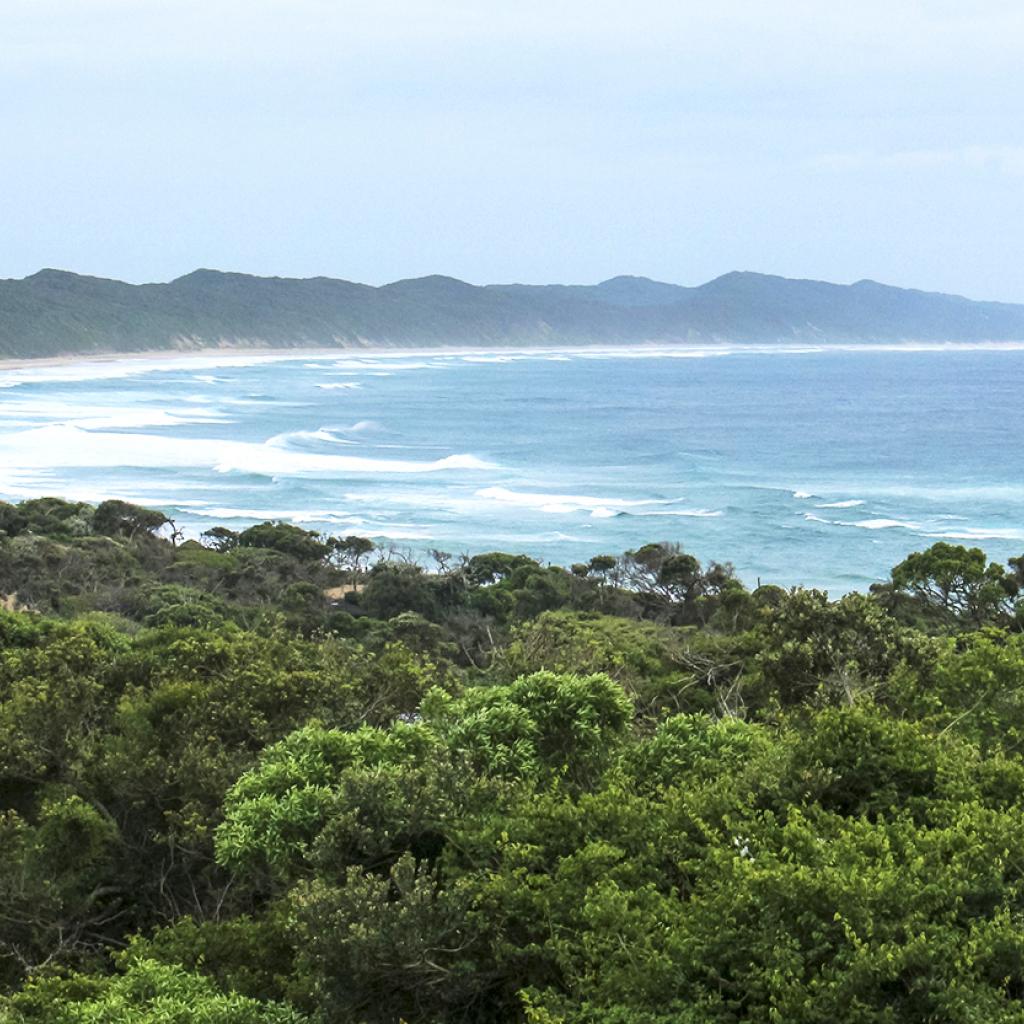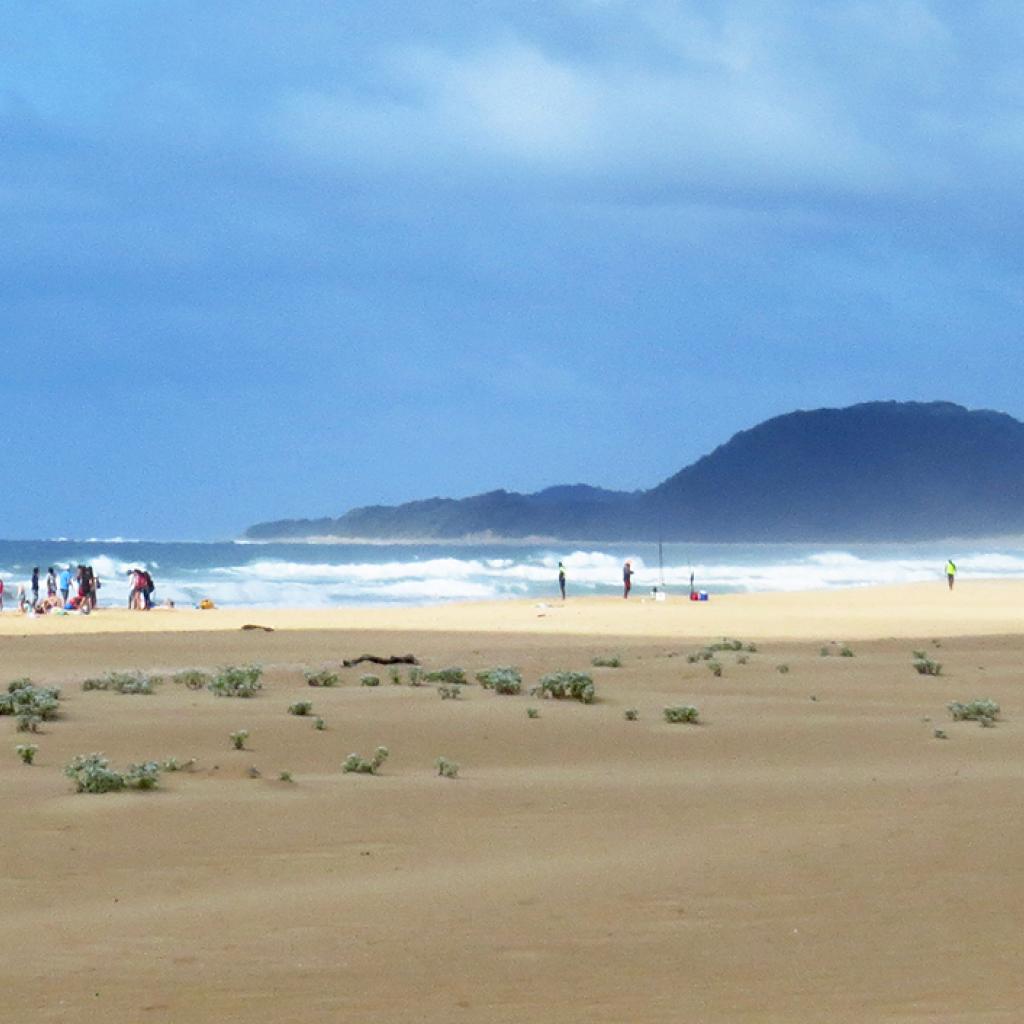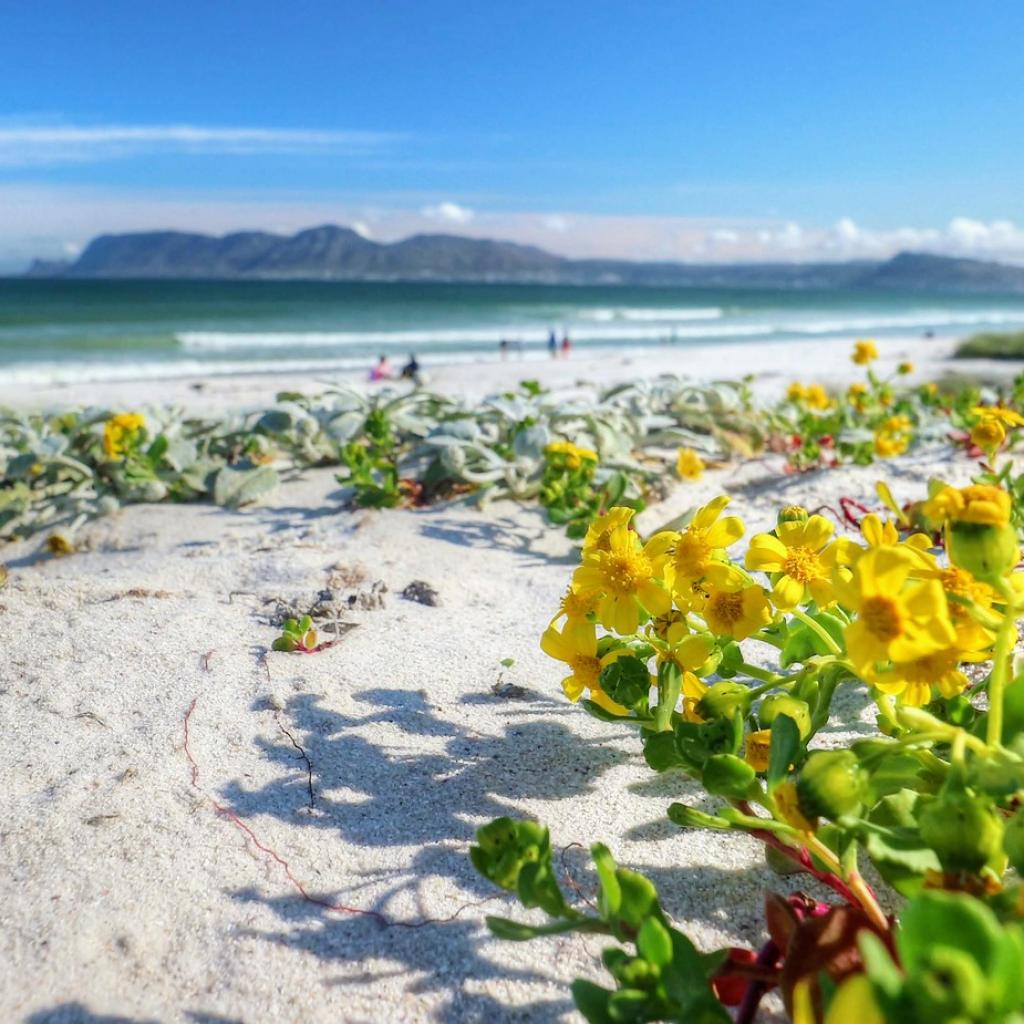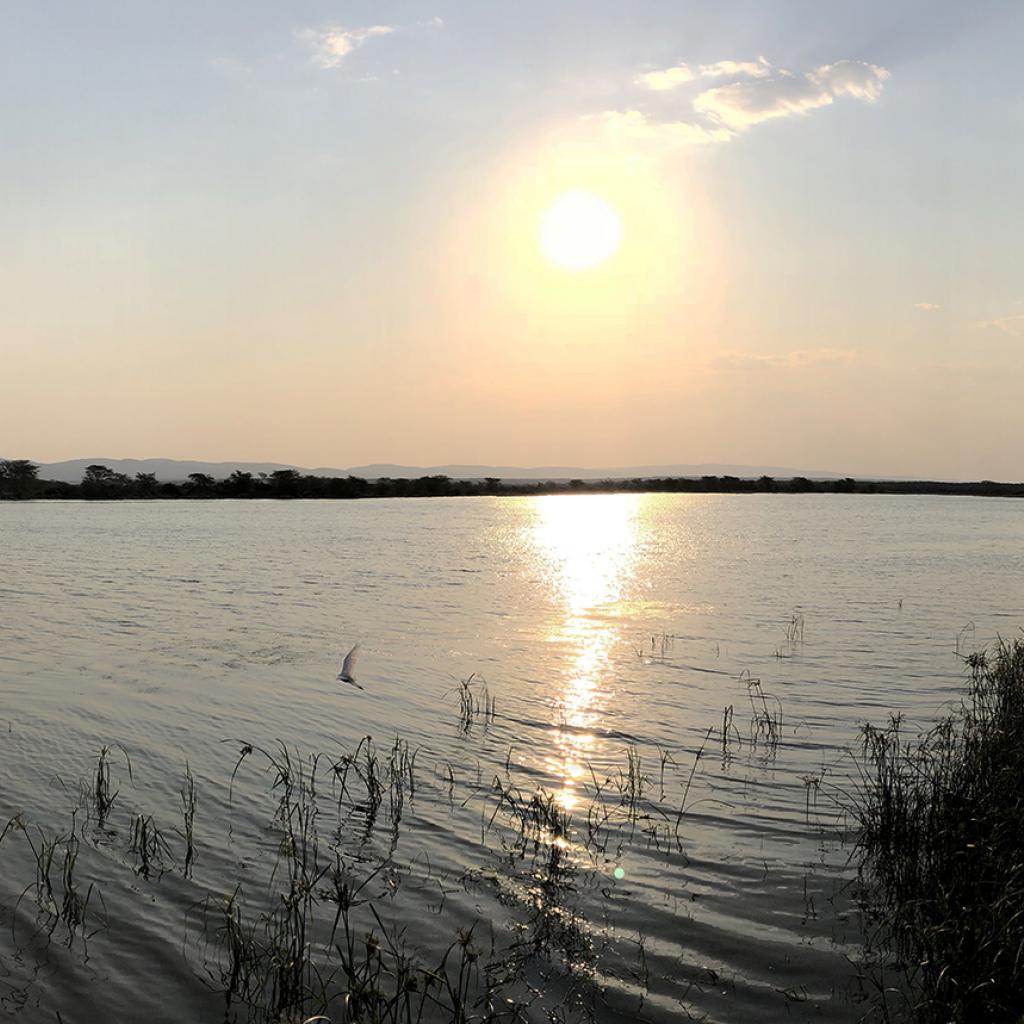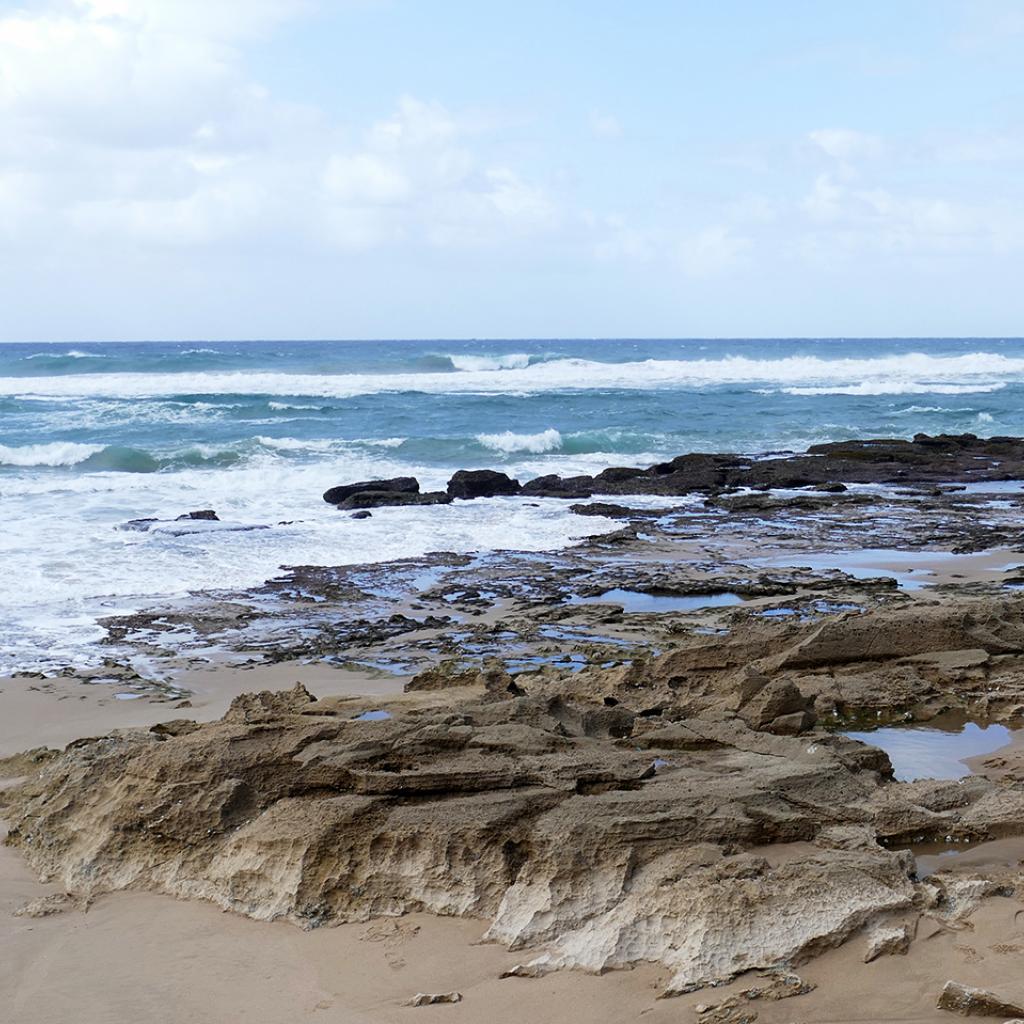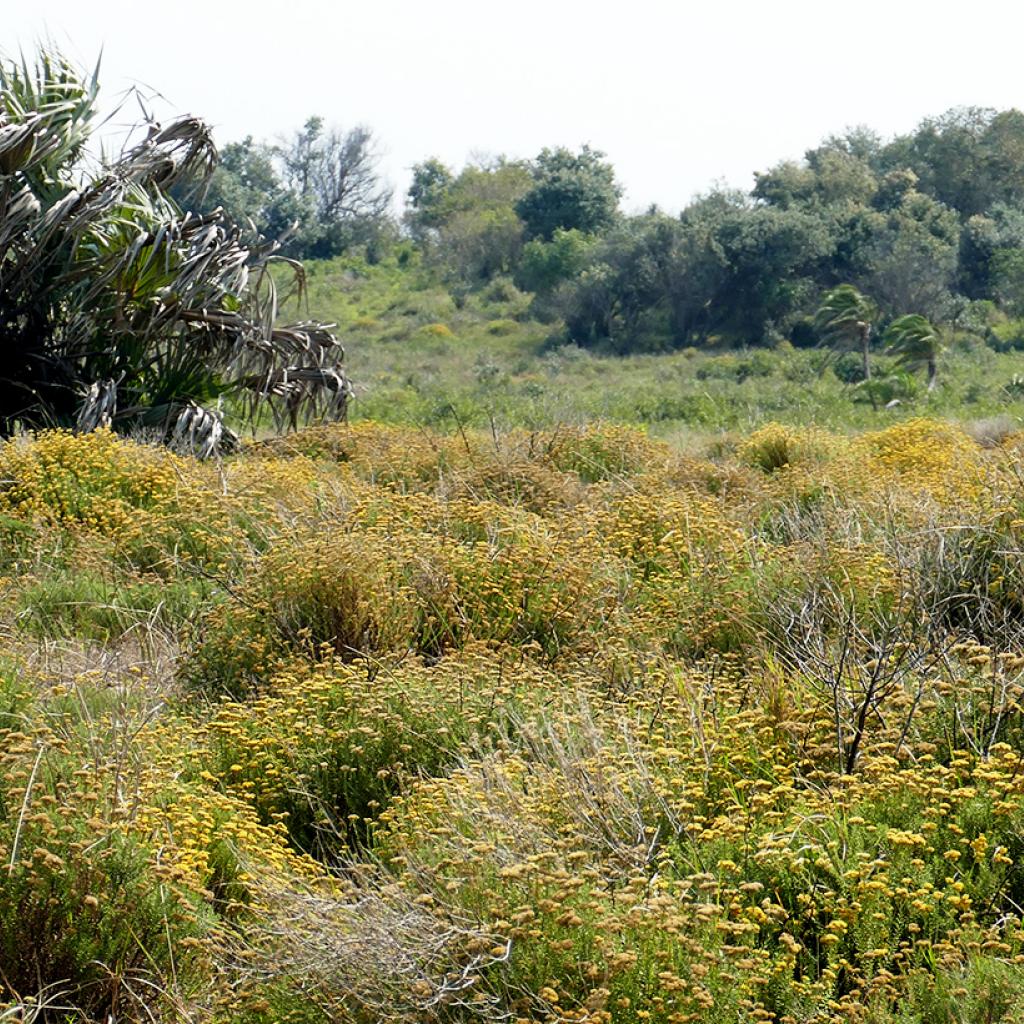False Bay at the Isimangaliso Wetland Park, in South Africa, is a sort of living museum on marine evolution, in fact, 60 million years ago, the Western shore of the St Lucia Lake was submerged by the waters of the Indian Ocean, and, even today, fossils of animals and corals scattered throughout the area are found; it is possible to observe some fossils in the interpretative center, that is worth a visit.
The bay of False Bay is the largest section of the St Lucia Lake and is located between two peninsulas: the Nibela peninsula to the North and the Nhlozi peninsula to the South.
In the area of False Bay there are different habitats: forest, thornveld, open savannah, the beach and the shoreline and one of the few sand forest that still exist in South Africa.
All these habitats make this a perfect area for birdwatching, as there is a high presence of different species of birds, as well as a series of animals, such as different species of antelopes, monkeys and butterflies; one can explore this area on foot or on horseback.
Exploring the area on foot is the best way to discover animals, both large and small, including birds; there are paths, that can be walked without a guide, and that have been created to allow visitors to discover the natural wonders of the False Bay area.
The two routes are the Dugandlovu Trail and the Mphophomeni Trail, both of them are around 8 km long and venture into the sandy forest, shrubby area, open savannah and along the shore of the St Lucia Lake.
There is an observation platform from which you have an excellent view of the St Lucia Lake, this is the perfect place to rest and relax and to watch the sunset.
In the St Lucia Lake there are both hippos and Nile crocodiles, so swimming in its waters is not allowed; it is possible, however, to take boat trips, and it is also possible to fish.
During the night the hippos come out of the lake to graze, it is good to pay attention to them because they can be very aggressive if someone invades their space.
